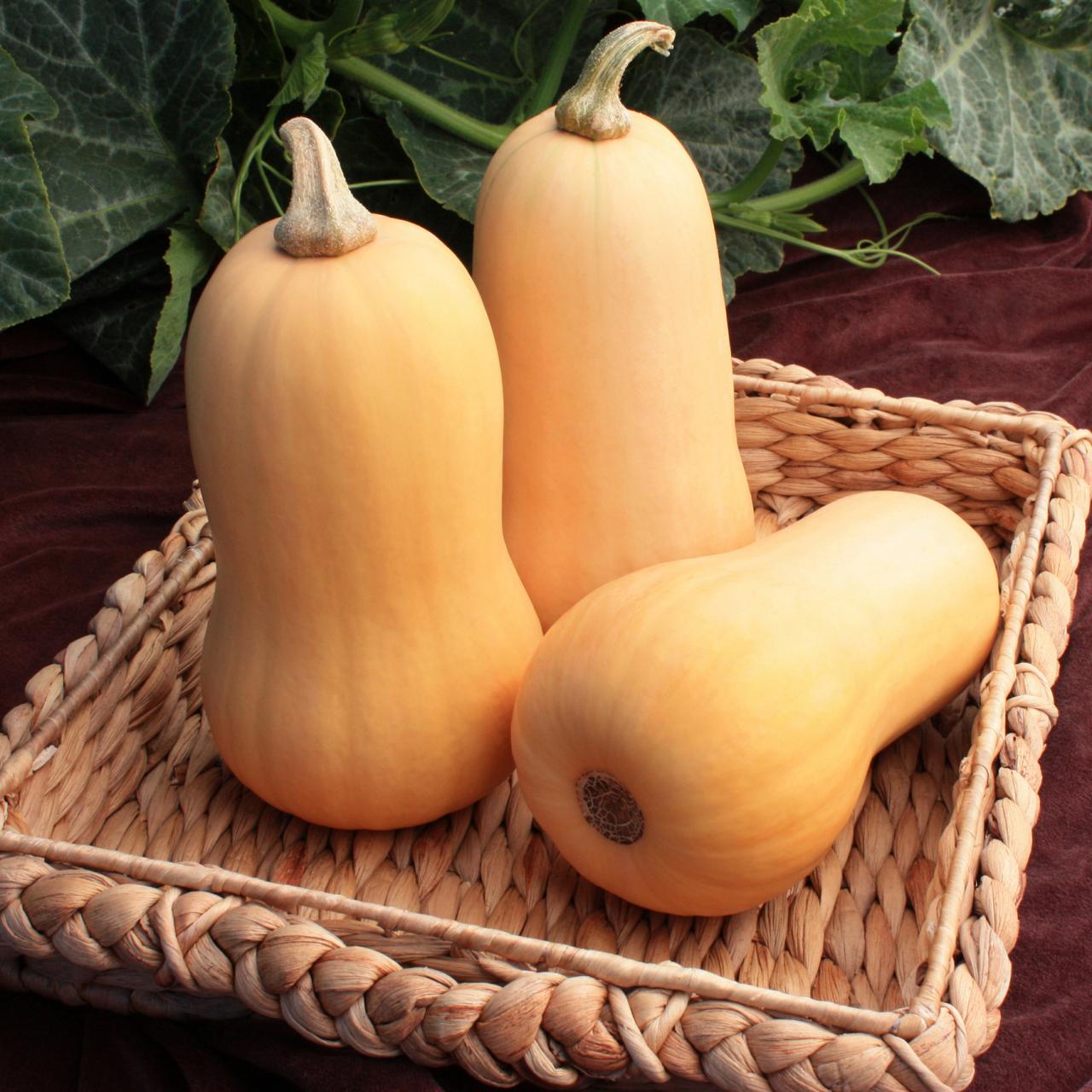

Articles
How To Store Butternut Squash For The Winter
Modified: December 7, 2023
Learn the best methods for storing butternut squash to enjoy its deliciousness throughout the winter. Read our informative articles for expert tips and tricks.
(Many of the links in this article redirect to a specific reviewed product. Your purchase of these products through affiliate links helps to generate commission for Storables.com, at no extra cost. Learn more)
Introduction
Butternut squash is a versatile and delicious winter vegetable that is not only packed with nutrients but also has a long shelf life. If properly stored, butternut squash can last for several months, allowing you to enjoy its sweet and nutty flavor well into the winter months. Whether you have a surplus of homegrown butternut squash or simply want to take advantage of seasonal sales, knowing how to store this nutritious vegetable is essential.
In this article, we will guide you through the steps of storing butternut squash for the winter, ensuring that you can enjoy its taste and health benefits long after it has been harvested.
Key Takeaways:
- Store butternut squash in a cool, dry place for up to 3-4 months, ensuring regular inspection to prevent spoilage. Enjoy its fresh flavor and nutritional benefits throughout the winter.
- Freeze butternut squash for long-term storage, maintaining its taste and nutrients for up to 12 months. Thaw and use in various recipes to savor its deliciousness year-round.
Read more: How To Store Butternut Squash In Freezer
Selecting the Best Butternut Squash
When it comes to storing butternut squash, selecting the right ones is crucial. The quality of the squash you choose will determine how long it will last in storage and how well it will hold up during the winter months.
Here are some tips for selecting the best butternut squash:
- Look for squash that are firm and heavy for their size. Avoid squash that feel light or have soft spots, as these may indicate spoilage.
- Inspect the skin for any cuts, bruises, or moldy patches. Ideally, the skin should be smooth and free from blemishes.
- Check the stem end of the squash. A green, intact stem indicates that the squash is fresh. Avoid squash with a dry or shriveled stem.
- Choose medium-sized squash, as they tend to have a better flavor and texture.
By carefully selecting the best butternut squash, you can ensure that you have the highest quality produce to store for the winter months.
Preparing Butternut Squash for Storage
Before storing butternut squash, it’s important to properly prepare it to ensure maximum freshness and longevity. Here are the steps to prepare butternut squash for storage:
- Begin by washing the squash thoroughly under cool running water to remove any dirt or debris from the skin.
- Using a sharp knife, carefully cut off the stem and the bottom end of the squash. This will create a stable base and allow for easier cutting and peeling.
- Peel the skin off the squash using a vegetable peeler or a sharp knife. Make sure to remove all the tough, outer skin to prevent it from spoiling during storage.
- Cut the squash in half lengthwise and scoop out the seeds and fibers using a spoon. You can save the seeds for roasting if desired.
- Once the squash is cleaned and seeded, you can cut it into smaller, manageable pieces. Cubes or slices work well for storage purposes, as they can be easily packed and frozen if needed.
By following these preparation steps, you will ensure that your butternut squash is ready for long-term storage, maintaining its quality and flavor throughout the winter months.
Storing Butternut Squash in a Cool and Dry Place
One of the simplest and most traditional methods of storing butternut squash is in a cool and dry place. This method is perfect for those who have a pantry or basement with suitable conditions. Here’s how to store butternut squash in a cool and dry place:
- Find a cool and dry area in your home that maintains a temperature between 50-55°F (10-13°C) with low humidity. Basements, cellars, or ventilated root cellars are ideal for this purpose.
- Make sure the area is clean, well-ventilated, and free from direct sunlight. Exposure to light can cause the squash to spoil more quickly.
- Arrange the butternut squash in a single layer on a flat surface, such as a shelf or a table. Avoid stacking the squash on top of each other to prevent bruising or crushing.
- Leave a small gap between each squash to allow for air circulation. This helps prevent the buildup of moisture that can lead to rotting.
- Check the squash regularly for any signs of spoilage, such as soft spots, mold, or an unpleasant odor. Remove any damaged or rotten squash immediately to prevent further spoilage.
- Stored properly, butternut squash can last for up to 3-4 months in a cool and dry place. It’s essential to regularly inspect and use the squash before they show any signs of deterioration.
By storing butternut squash in a cool and dry place, you can enjoy its fresh flavor and nutritional benefits for an extended period.
Storing Butternut Squash in the Refrigerator
If you don’t have access to a cool and dry storage area, another option for storing butternut squash is in the refrigerator. Although the refrigerator is not the ideal environment for long-term storage, it can help extend the shelf life of your squash for a few weeks. Follow these steps to store butternut squash in the refrigerator:
- Choose squash that are firm, unblemished, and free from any signs of spoilage.
- Keep the squash whole, as cutting or peeling it before storing can accelerate deterioration.
- Place the butternut squash in the crisper drawer of your refrigerator. This drawer is specifically designed to maintain humidity and prevent the squash from drying out.
- Ensure that the refrigerator temperature is set between 32-40°F (0-4°C). Lower temperatures can cause chilling injury to the squash.
- Avoid storing butternut squash near fruits or vegetables that release ethylene gas, such as apples or bananas. Ethylene can speed up the ripening process and lead to spoilage.
- Check the squash regularly for any signs of spoilage. If you notice any soft spots, mold, or a foul odor, discard the squash immediately.
Remember that storing butternut squash in the refrigerator is a temporary solution and should be done for a few weeks rather than months. If you want to store the squash for a more extended period, consider alternative storage methods like freezing.
By following these steps, you can keep your butternut squash fresh and ready to use for a short period in the refrigerator.
Store butternut squash in a cool, dry place with good air circulation, such as a pantry or basement. Make sure to check for any signs of decay regularly and use any squash showing signs of spoilage first.
Read more: How To Store Butternut Squash
Freezing Butternut Squash for Long-Term Storage
If you have a surplus of butternut squash or want to store it for an extended period, freezing is an excellent option. Freezing butternut squash allows you to enjoy its taste and nutritional benefits even after several months. Follow these steps to freeze butternut squash:
- Start by preparing the squash as mentioned earlier: peel, seed, and cut it into cubes or slices.
- Blanching is necessary to maintain the quality of the squash during freezing. Bring a large pot of water to a rolling boil and add the squash pieces. Boil them for 2-3 minutes, then promptly transfer them to an ice bath to stop the cooking process.
- Once the squash has cooled, drain the excess water and pat the pieces dry with a clean kitchen towel or paper towels.
- Arrange the blanched and dried squash on a baking sheet in a single layer. Place the sheet in the freezer and let the squash pieces freeze until they are solid.
- Transfer the frozen squash cubes or slices into airtight freezer-safe containers or zip-top bags. Make sure to remove any excess air from the bags before sealing them tightly.
- Label the containers or bags with the date and contents for easy identification.
- Return the containers or bags to the freezer, making sure they are placed in a way that allows for efficient use of space.
Properly frozen, butternut squash can last up to 12 months in the freezer. When you’re ready to use the frozen squash, simply take out the desired amount and thaw it in the refrigerator overnight or use the defrost function on your microwave.
Frozen butternut squash is perfect for use in soups, stews, casseroles, and even as a side dish. Its texture may be slightly softer than fresh squash, but the flavor and nutritional benefits will remain intact.
By freezing butternut squash, you can enjoy its deliciousness throughout the year, even when it’s not in season.
Thawing and Using Frozen Butternut Squash
When it comes to using frozen butternut squash, proper thawing is essential to maintain its texture and flavor. Here’s how to thaw and use frozen butternut squash:
- Remove the desired amount of frozen butternut squash from the freezer. Keep in mind that you can thaw and use as much or as little as needed, leaving the rest of the squash frozen for future use.
- Transfer the frozen squash into a bowl or a sealable bag. Place it in the refrigerator and let it thaw overnight or for approximately 8-10 hours.
- Once thawed, the texture of the butternut squash may become slightly softer. Gently pat it dry with a clean kitchen towel or paper towels before using it in your recipe.
- Thawed butternut squash can be used in a variety of recipes. It works well in soups, stews, curries, casseroles, and even as a standalone side dish.
- If you prefer a roasted flavor, you can toss the thawed squash with olive oil, salt, and your favorite seasonings before roasting it in the oven until it becomes tender and slightly caramelized.
- Keep in mind that the cooking time for thawed butternut squash may be slightly shorter than fresh squash, so monitor it closely to avoid overcooking.
- Enjoy your thawed butternut squash in your favorite dishes, knowing that you’re utilizing the flavors and nutrients of the vegetable even when it’s out of season.
By following these steps, you can properly thaw and use frozen butternut squash, allowing you to enjoy its vibrant taste and versatility in various recipes.
Tips for Preserving Butternut Squash Flavor and Quality
Preserving the flavor and quality of butternut squash is crucial to ensure a delightful culinary experience. Here are some helpful tips to maintain the freshness and taste of your stored butternut squash:
- Avoid washing the squash until you are ready to use it. Excess moisture can promote mold growth and spoilage.
- Handle the squash with care to prevent any bruising or damage. Even minor injuries can lead to faster deterioration.
- Regularly inspect your stored butternut squash for any signs of spoilage such as soft spots, mold, or an unpleasant odor. Remove any damaged squash immediately to prevent the spread of rot to other pieces.
- Consider rotating your stored squash occasionally. This will help ensure even air circulation and prevent any squash from being neglected and spoiling.
- If you notice any squash starting to show signs of deterioration, consider using it in your recipes as soon as possible. Soups, purees, and roasted dishes are excellent options for utilizing slightly aged squash.
- When freezing butternut squash, portion it into smaller sizes that you commonly use in recipes. This way, you can easily take out the needed amount without thawing the entire batch.
- Label your frozen butternut squash with the date of freezing to keep track of its freshness. Generally, it’s best to use frozen squash within 9-12 months for optimal flavor and quality.
- Consider preserving the cooked butternut squash in the form of puree. Pureed squash can be stored in airtight containers or freezer bags for convenient future use in various dishes.
- Experiment with different cooking methods and flavor combinations to make the most of your butternut squash. Roasting, sautéing, steaming, and blending are all excellent techniques to bring out its natural sweetness and enhance its taste.
- Utilize the seeds from your butternut squash as well. They can be roasted for a tasty and nutritious snack or used in salads and granola recipes.
By following these tips, you can ensure that your butternut squash stays flavorful and of high quality, providing you with a delicious ingredient for your culinary endeavors.
Conclusion
Storing butternut squash for the winter doesn’t have to be a challenge. With the right techniques and proper handling, you can extend the shelf life of this versatile vegetable and enjoy its sweet and nutty flavors even when it’s out of season.
From selecting the best squash to preparing and storing it properly, each step plays a crucial role in preserving the flavor and quality of butternut squash. Whether you choose to store it in a cool and dry place, in the refrigerator, or by freezing, each method offers its own benefits and considerations.
By following the steps outlined in this guide, you can confidently store butternut squash and ensure that it stays fresh and delicious for months to come. From hearty stews and comforting soups to roasted side dishes and savory purees, the possibilities are endless when it comes to incorporating butternut squash into your winter meals.
So, take advantage of the bountiful harvest and stock up on butternut squash. Whether you’ve grown it in your garden, purchased it at a farmer’s market, or found a great deal at the grocery store, now you have the knowledge and techniques to store it effectively for the winter season.
Remember, proper storage and handling are key to preserving the flavor, texture, and nutrients of butternut squash. So, take care of your squash, and it will reward you with tasty and nutritious meals throughout the colder months.
Enjoy the delight of butternut squash all winter long, and savor the warmth it brings to your dishes and your palate.
Frequently Asked Questions about How To Store Butternut Squash For The Winter
Was this page helpful?
At Storables.com, we guarantee accurate and reliable information. Our content, validated by Expert Board Contributors, is crafted following stringent Editorial Policies. We're committed to providing you with well-researched, expert-backed insights for all your informational needs.
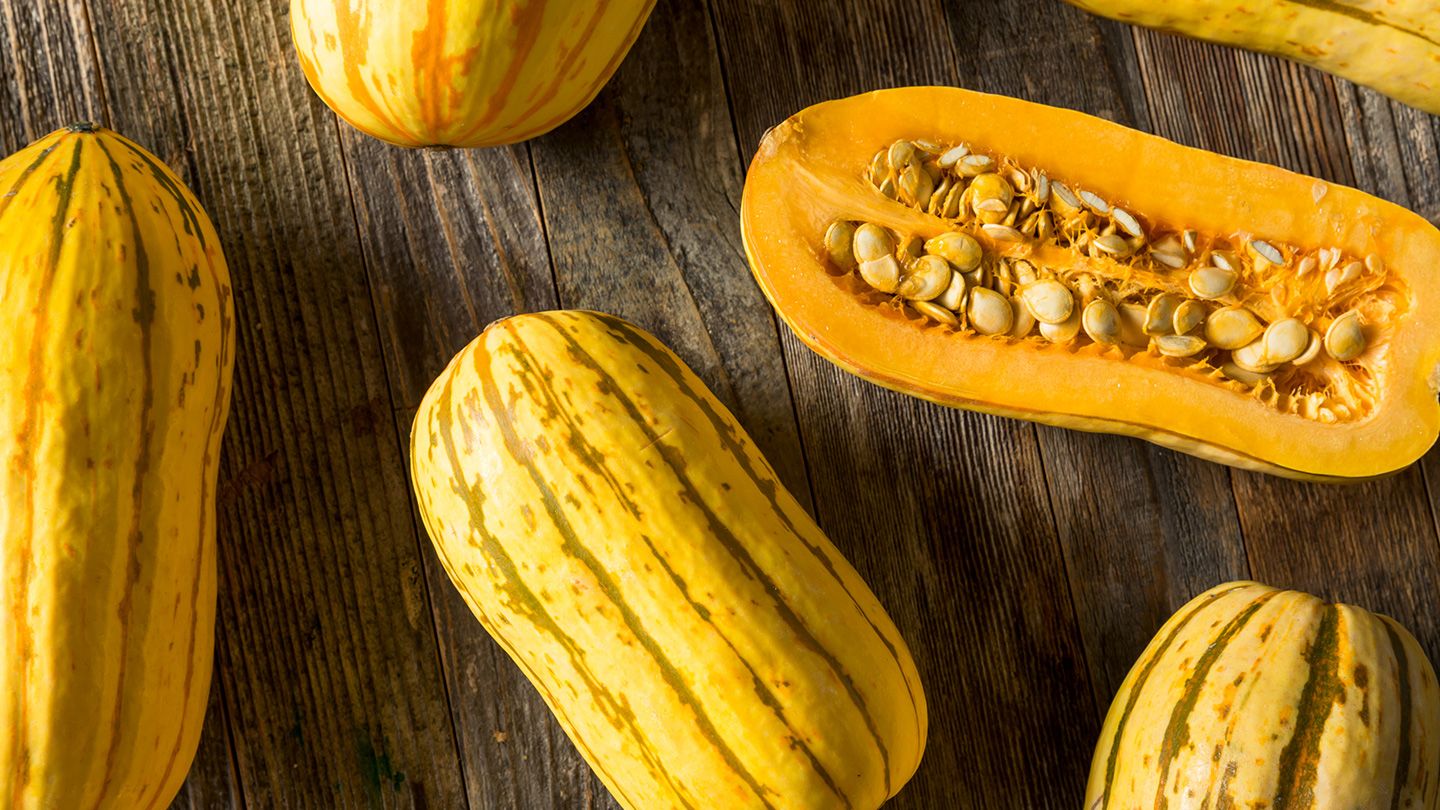
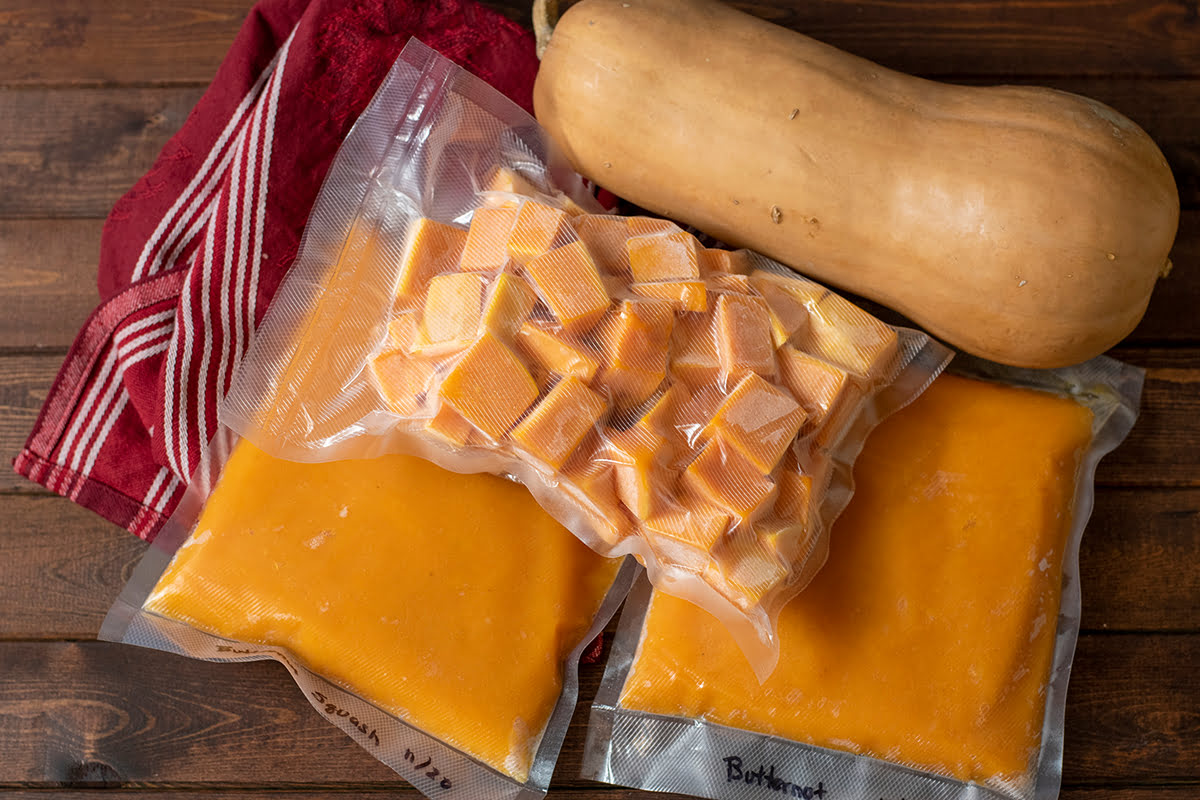
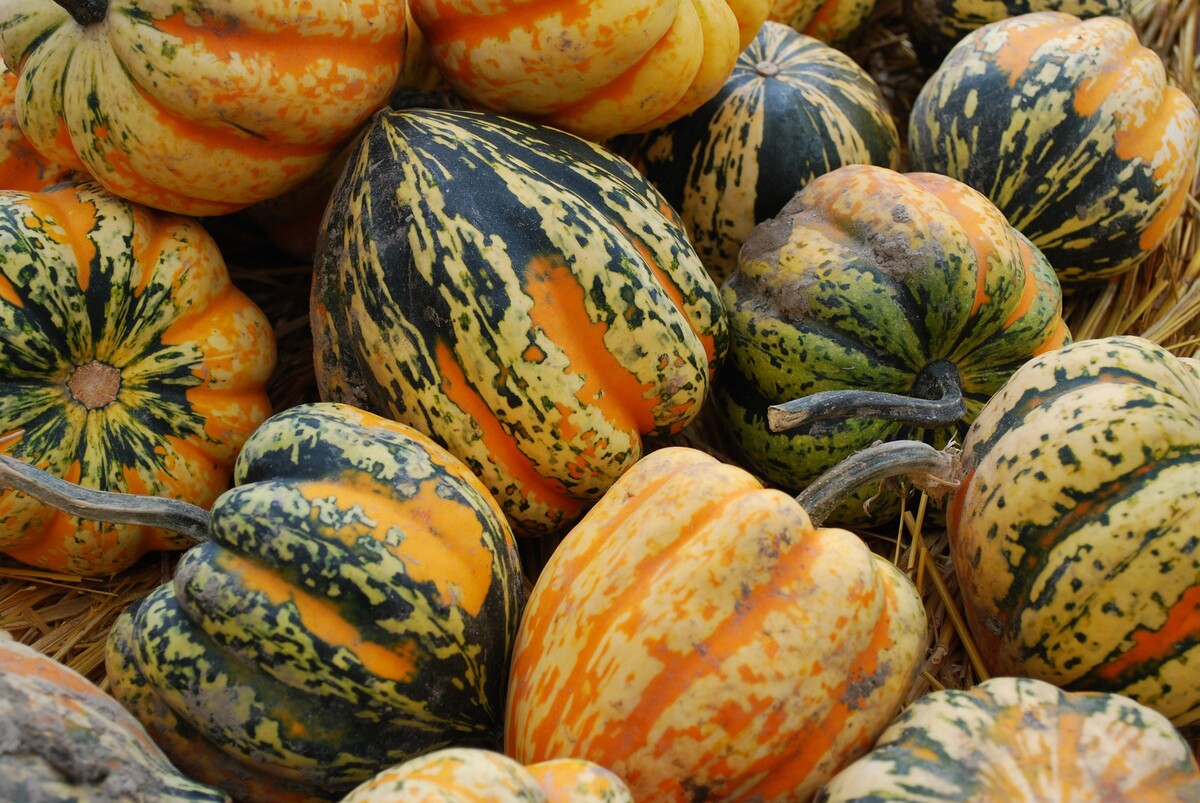
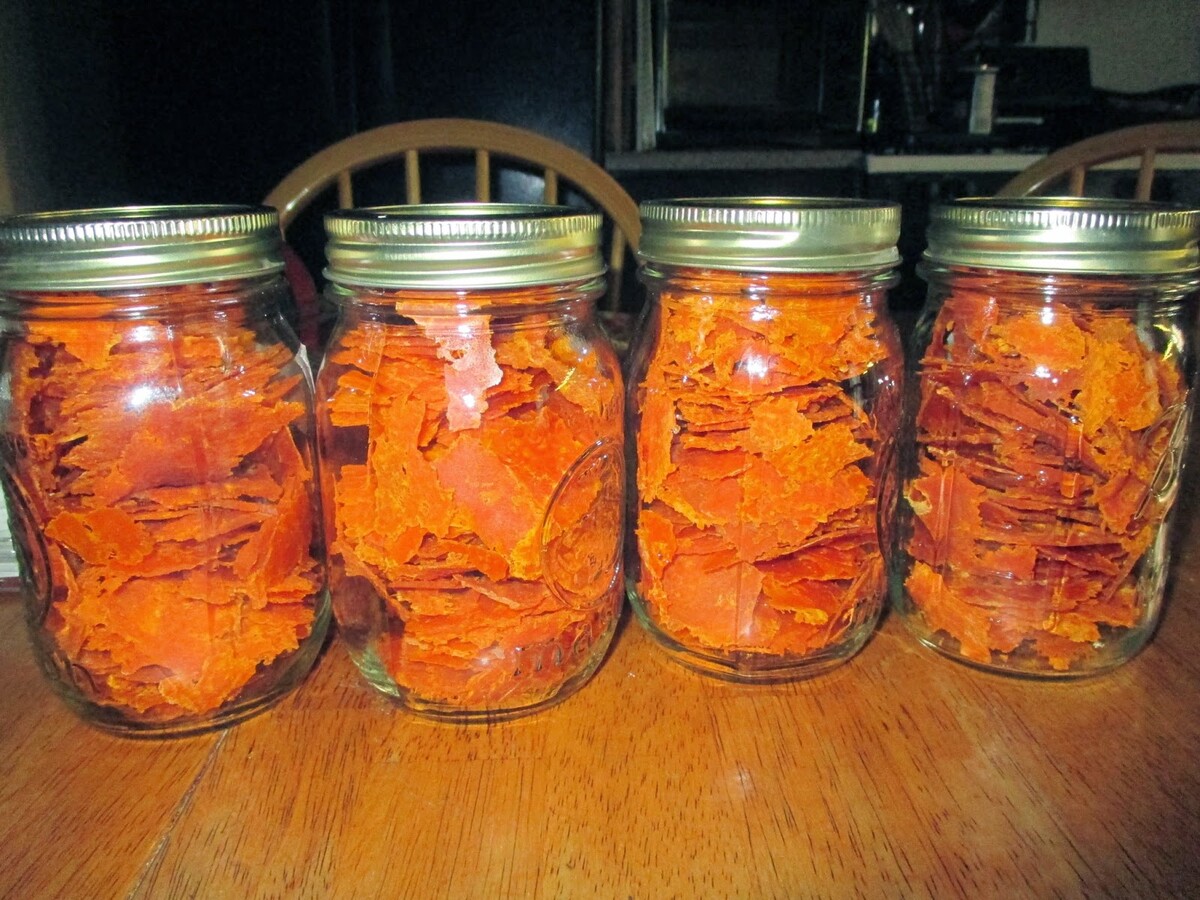
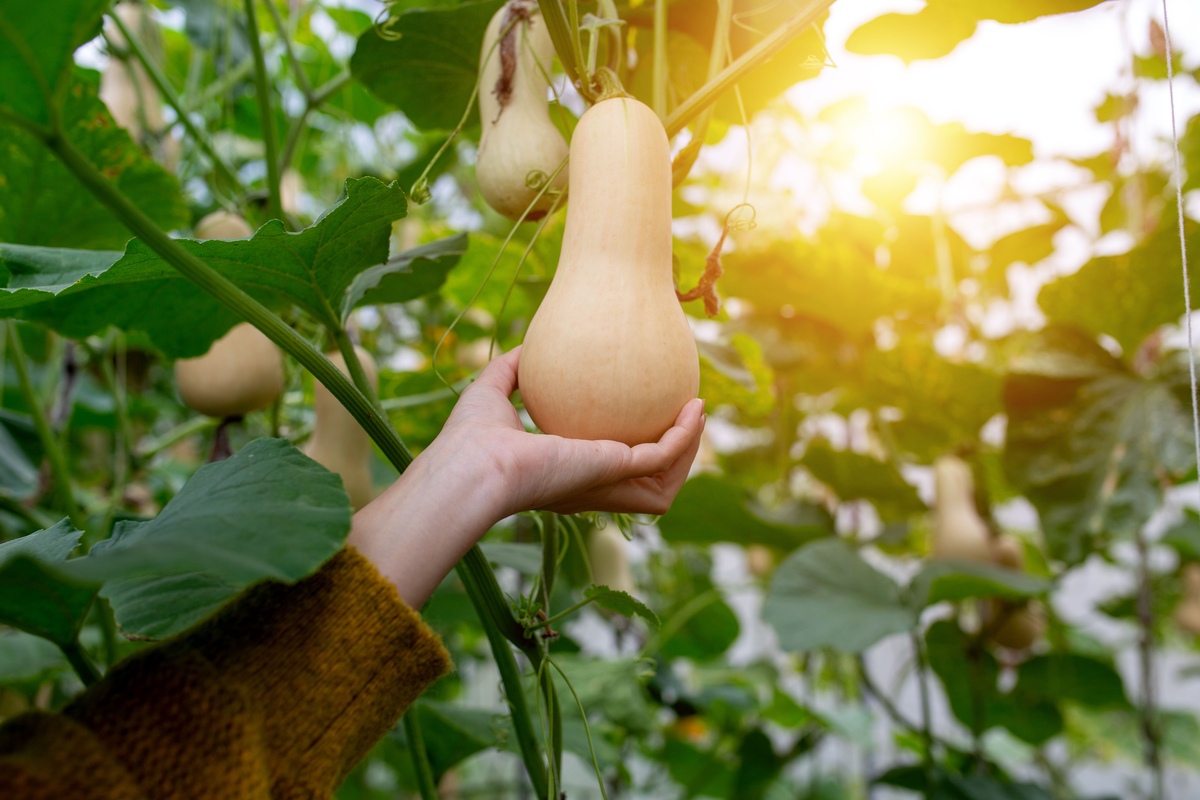
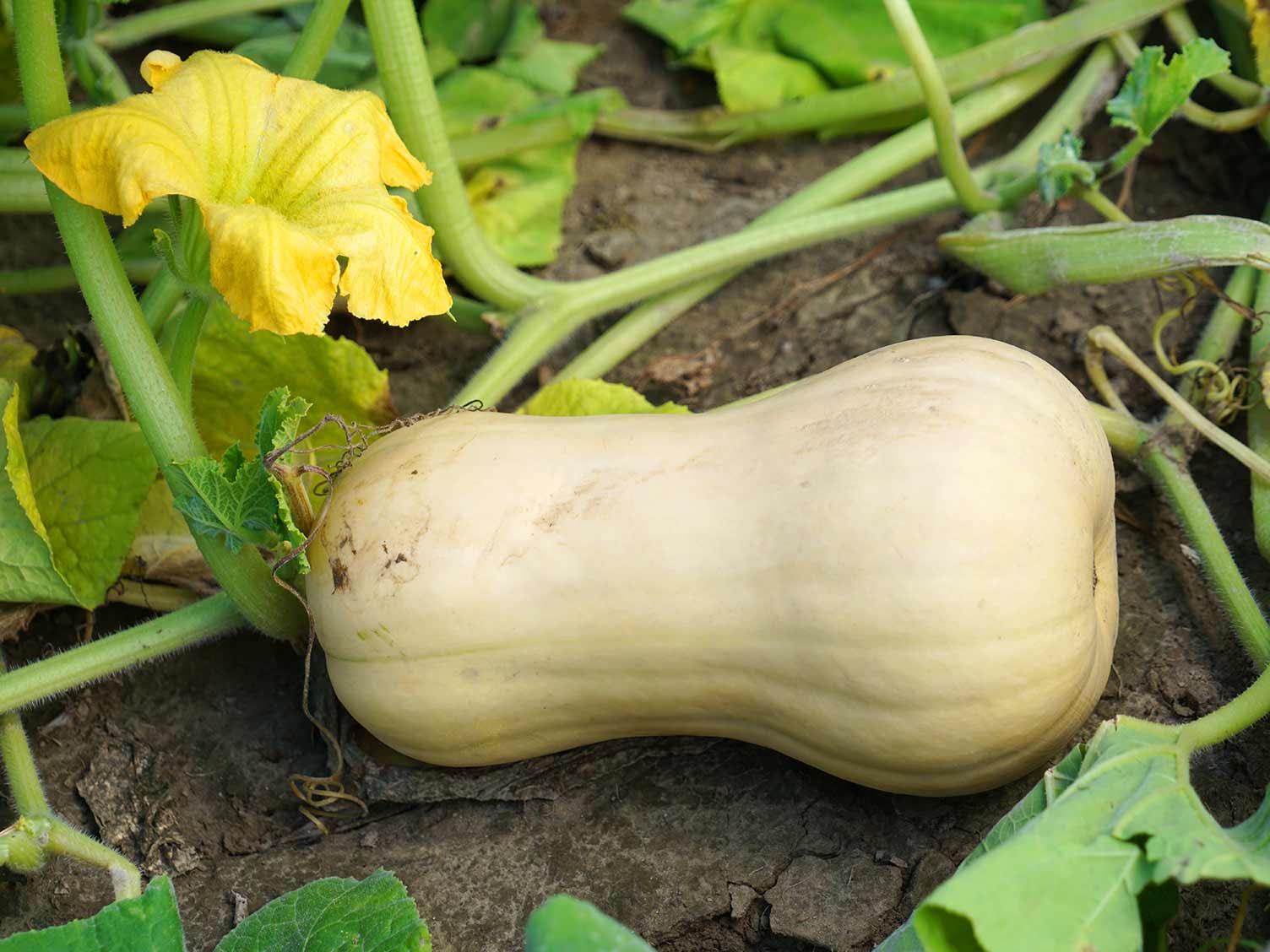
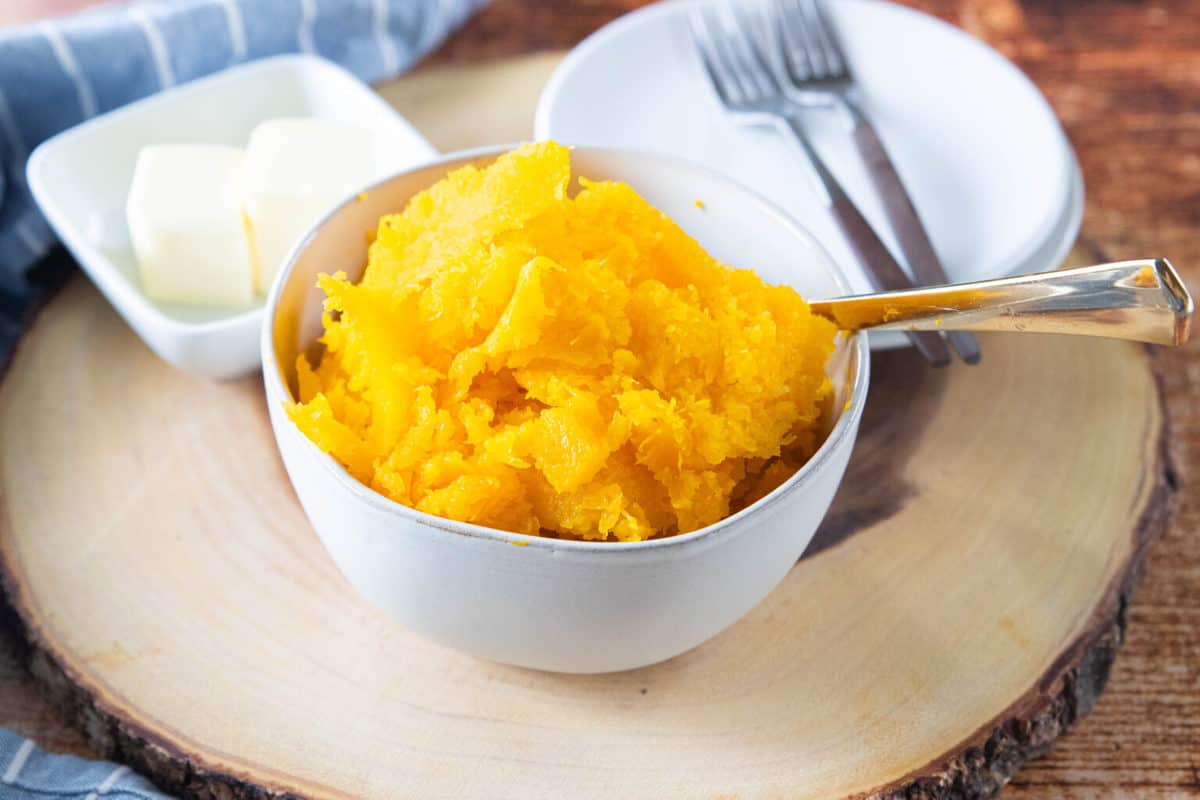
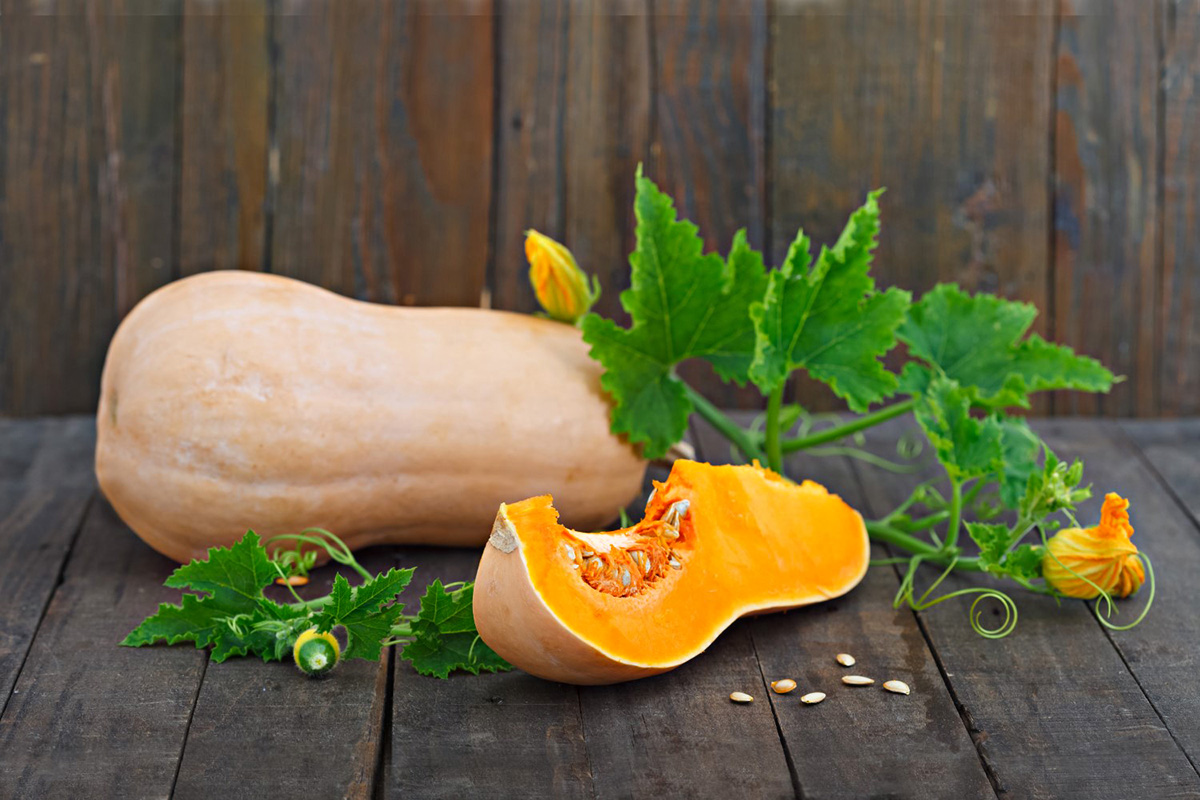
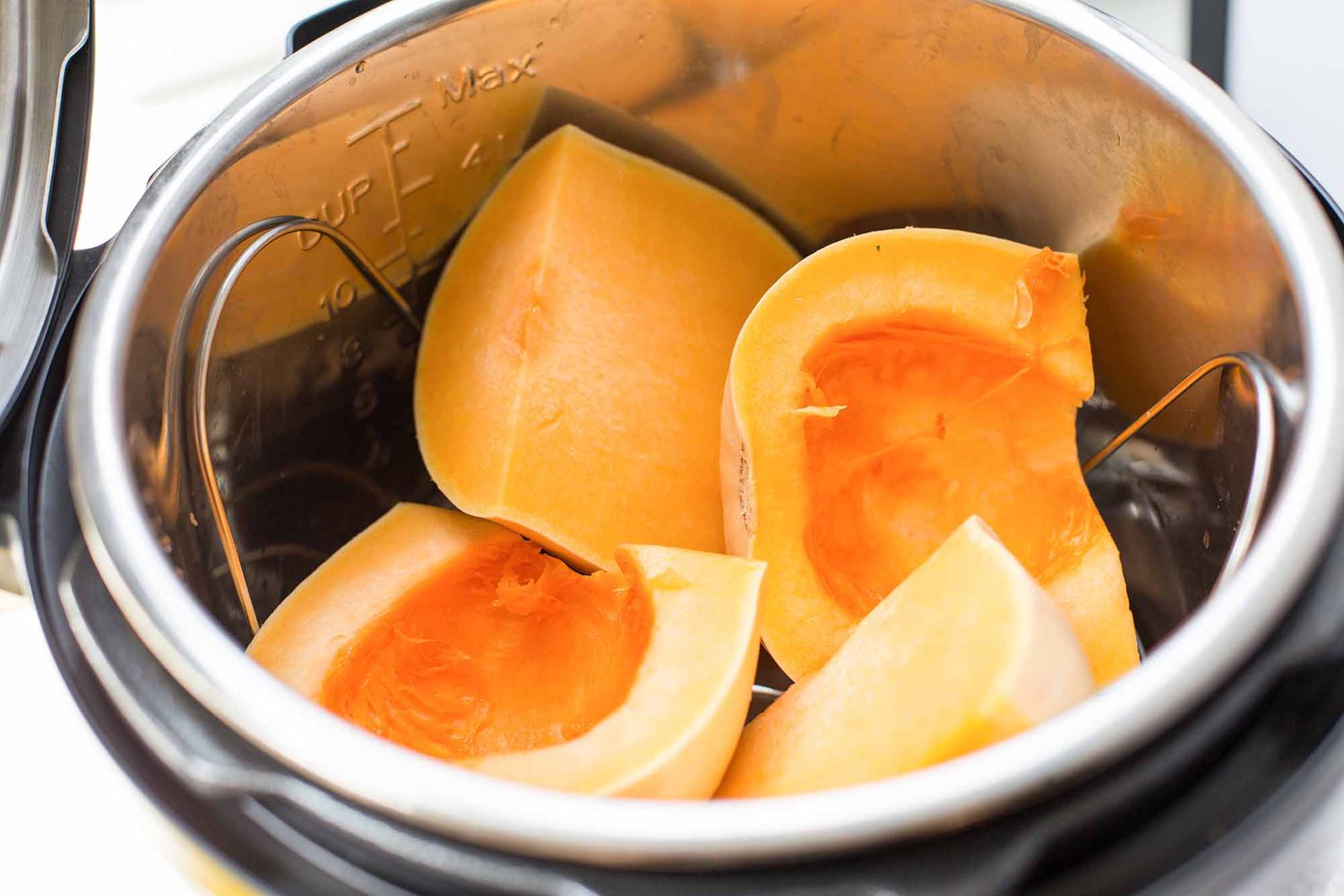
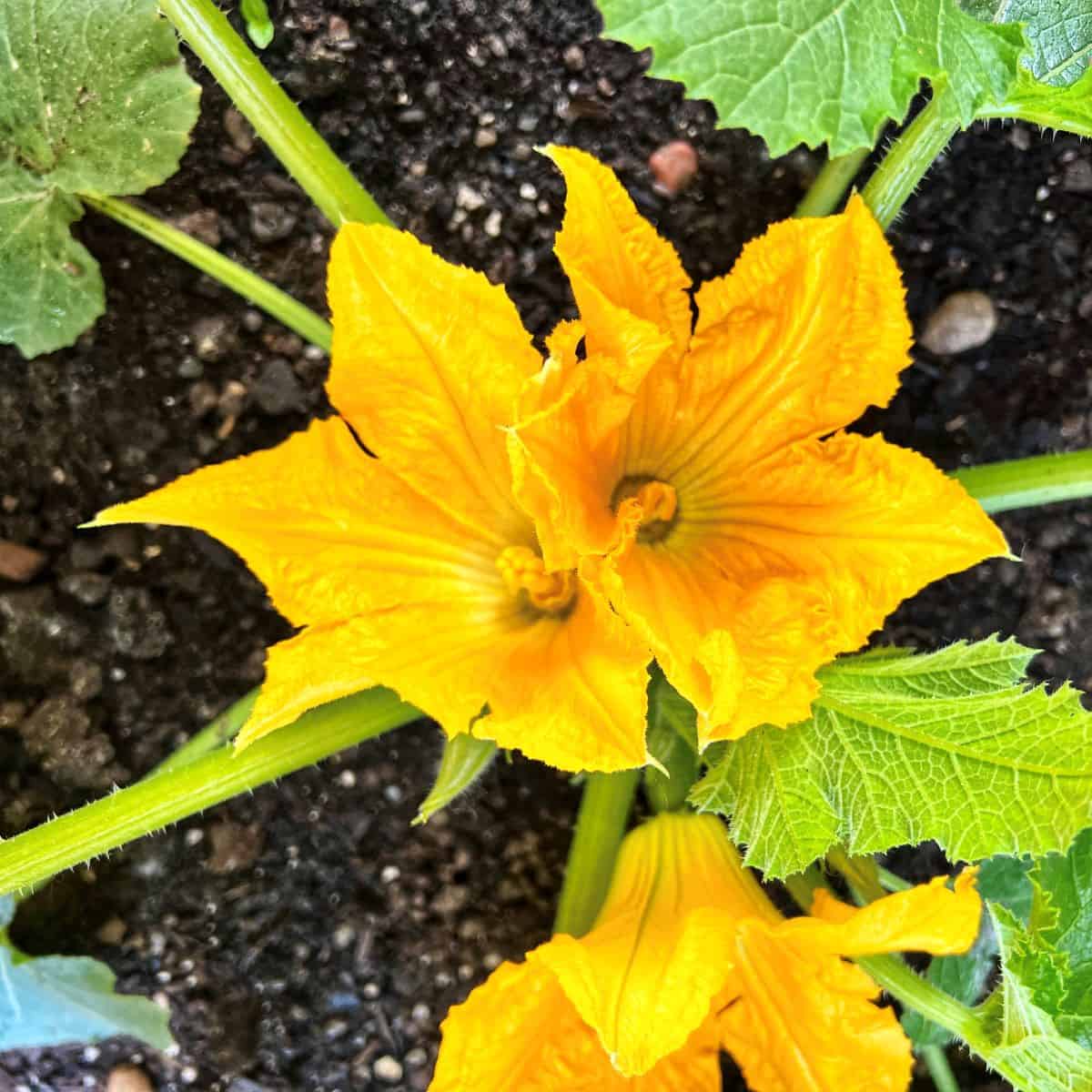
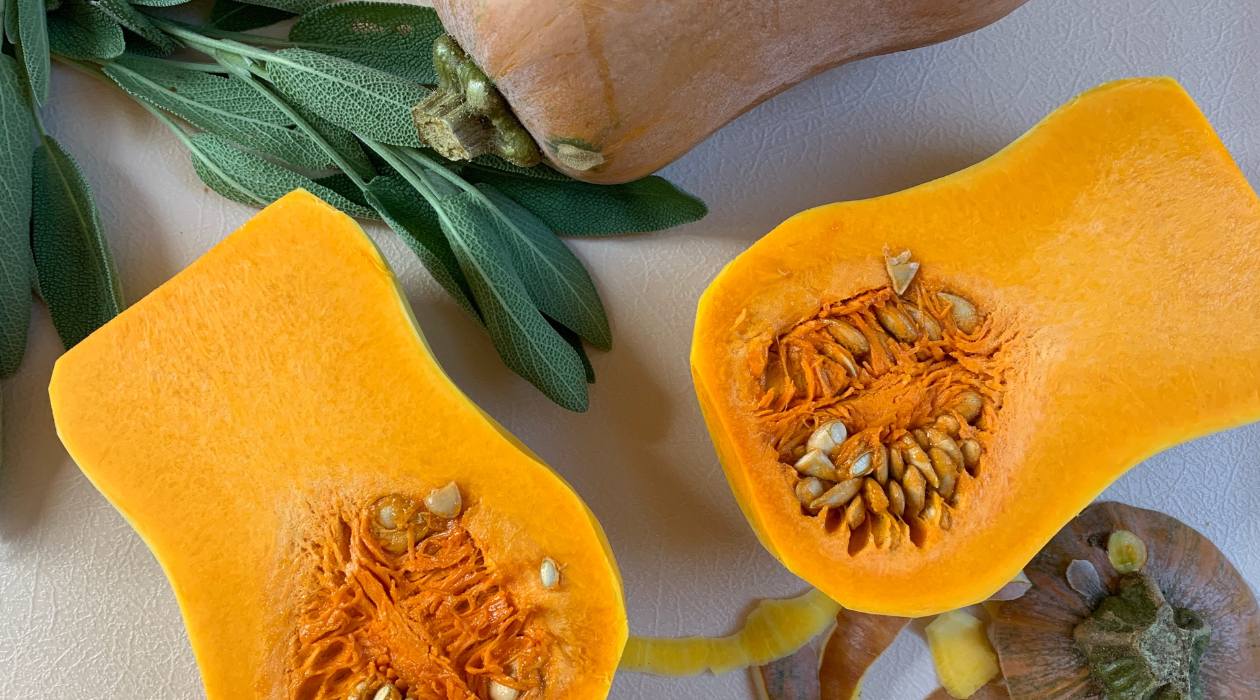
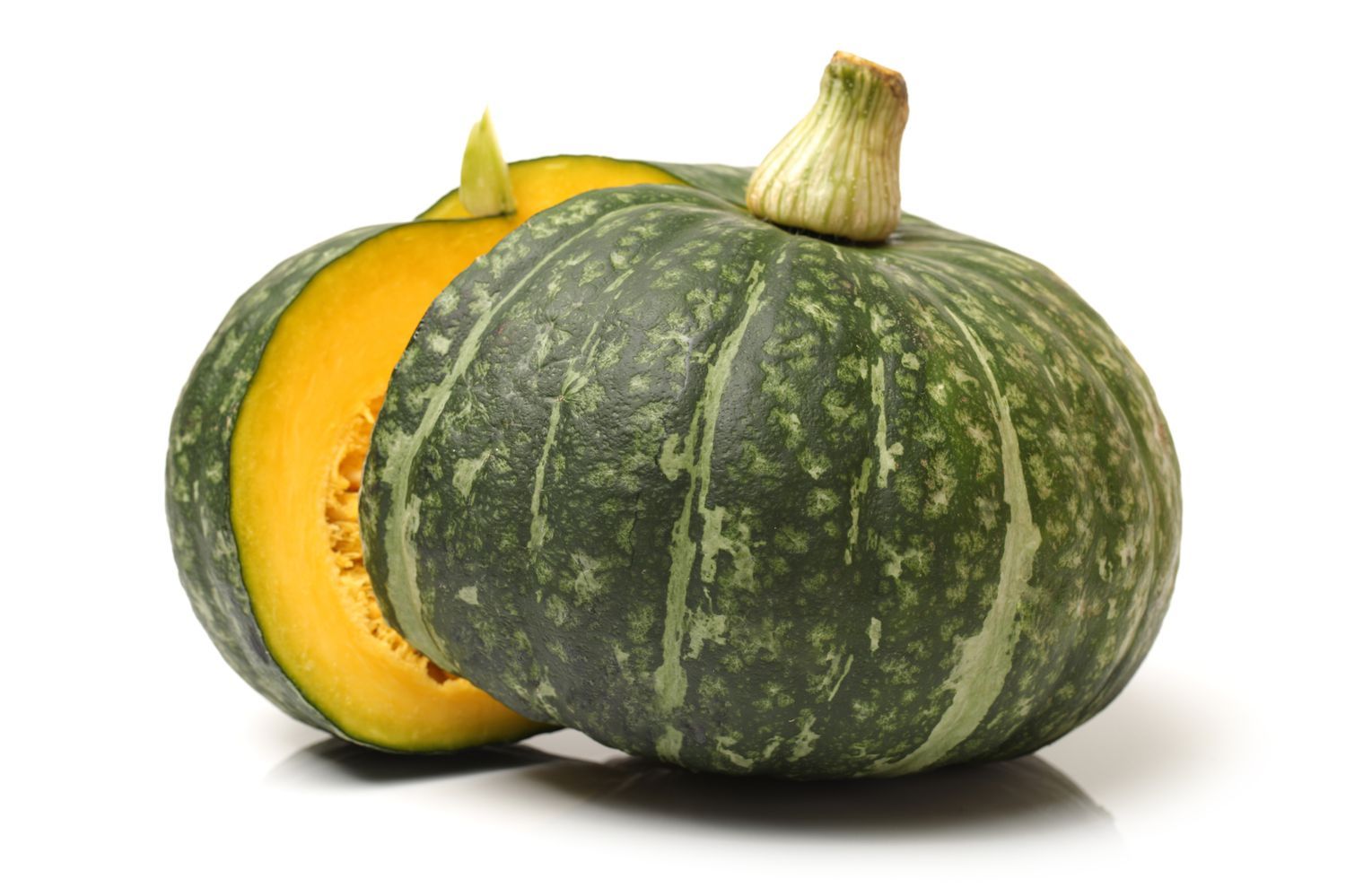
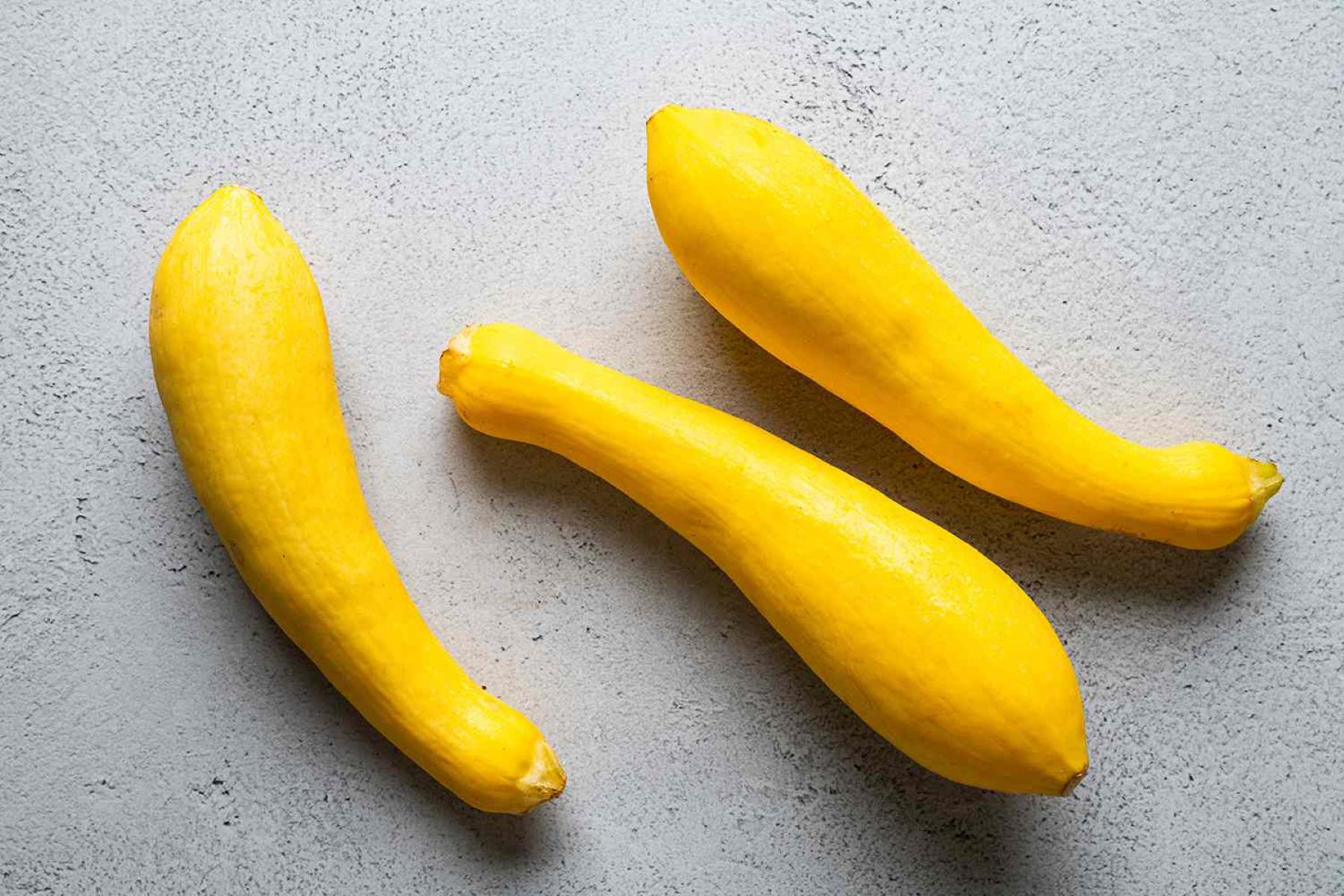


0 thoughts on “How To Store Butternut Squash For The Winter”